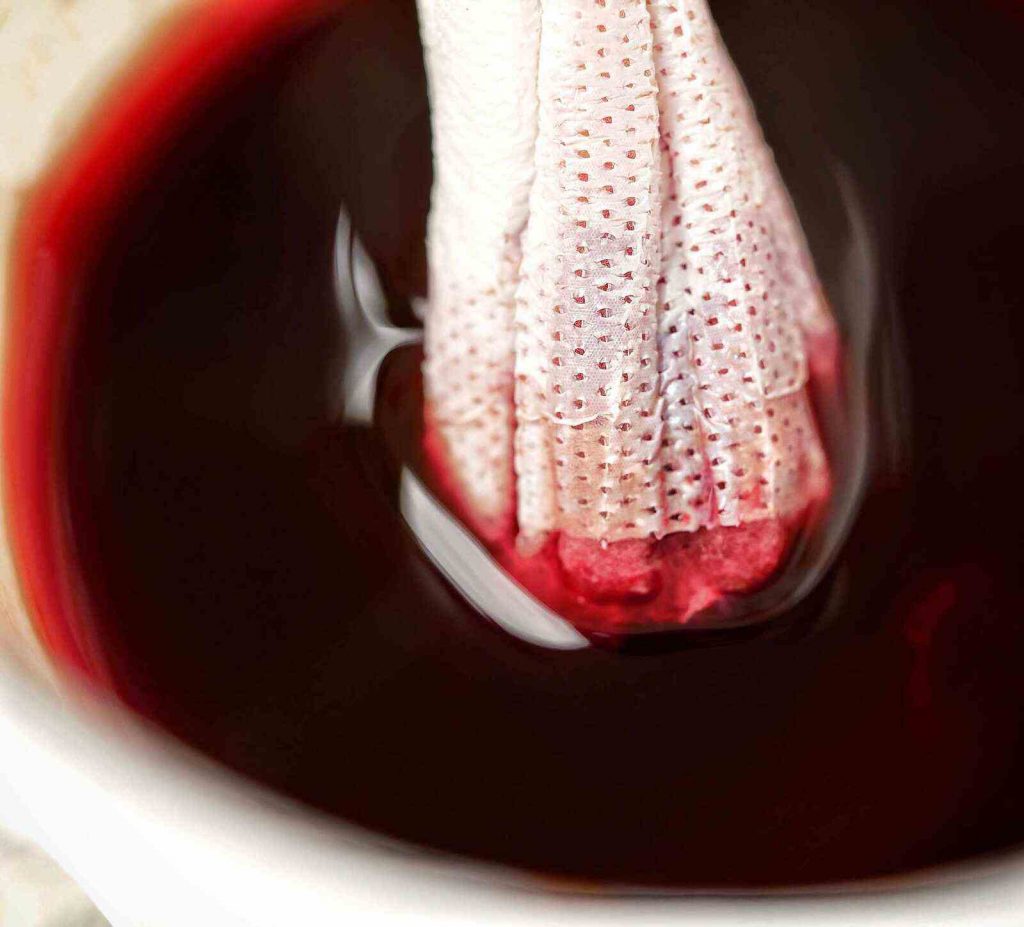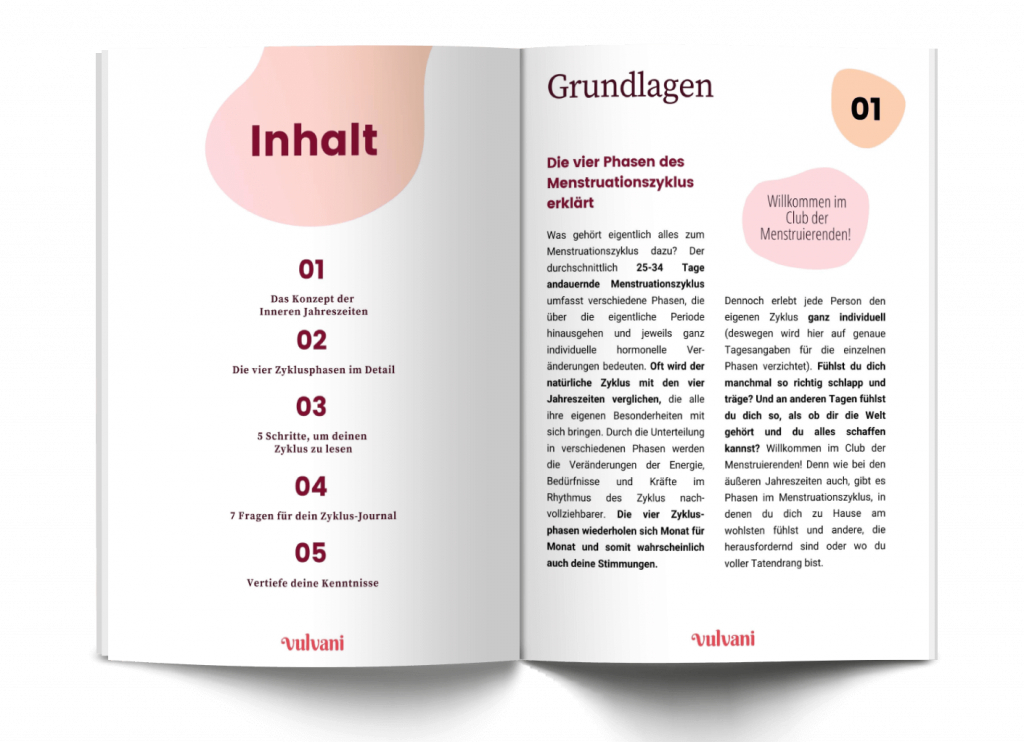
Discovering your menstruation as a spiritual practice
Yasmine understands her menstruation as a spiritual practice and shares in this interview how she is connecting more with her own body through cycle awareness.
The history of tampons is fascinating. From their first appearance in the ancient world to the modern day, they have been useful in numerous ways. But there are plenty of myths and misconceptions in their history. So how did the period product that so many menstruators use today come about?
There is a common misconception that tampons were used in the ancient world, particularly ancient Greece, in much the same way as today. This history of tampons is unfortunately a myth. As I previously discussed in an article on periods in ancient Greece, there just isn’t sufficient evidence for this. But we do know that multiple ancient civilisations did use items similar to tampons for other purposes. In ancient Egypt, they used papyrus to make them. The Greeks borrowed the idea and used lint for their versions, while the Romans followed the trend, using wool. In what is now called Indonesia, they used vegetable fibres. And ancient African communities outside of Egypt often used rolled grass.

However, these tampons were not used for absorbing menstrual blood. The Egyptians used them for treating gynaecological problems, and also used pessaries of elephant or crocodile dung as a contraceptive. The Romans used them for similar purposes, though they unfortunately probably caused infections. There are even fourth century Sanskrit texts which suggest that in ancient India, they used tampons made of oil and rock salt as contraceptives, since rock salt is a spermicide. Evidently, while the item and shape itself is ancient, its modern use is relatively recent.

Like the ancient civilisations, tampons in the eighteenth and nineteenth centuries were still largely used for medicinal purposes, such as applying medicines to the vaginal area. Towards the end of this period, Paul F. Munde, an American gynaecologist, put forth eight uses for tampons. Medicinal purposes were considered the most important. The eighth use mentioned was the absorption of vaginal discharge, but even then, it was abnormal vaginal discharge; menstrual blood was not yet considered. Furthermore, Francis Place argued in Illustrations and Proofs of the Principle of Population (1822) that tampons could be used for contraception. The Lancet, a respected medical journal, published this treatise, telling us that this was genuine medical advice. But there was still no indication of them being used for menstruation itself at this point in the history of tampons.
Menstruators tended to handle their periods at home or on the farm, so the tampon was not yet needed. It wasn’t until the First World War, when people had to fill in jobs in factories, that menstruators started using menstrual products. They were needed to provide comfort and privacy while working long hours. Then in 1931, the Colorado doctor Earle Haas invented the cardboard applicator tampon. Businesswoman Gertrude Tendrich bought the patent, produced, and distributed it, which was the beginning of the modern company Tampax. Meanwhile, the non-applicator tampon was invented by the German gynaecologist, Doctor Judith Esser-Mittag. But throughout the 1930s, there was concern about menstruators touching themselves at all in their vaginal area, especially young people. There was even fear that tampon use could cause orgasmic pleasure, leading to backlash from religious leaders. Even some gynaecologists took issue with tampons.
There were major wins in the history of tampons in the later decades of the twentieth century. Their popularity continued to grow despite opposition. Notably, American sales soared after the National Association of Broadcasters decided in 1972 to remove its ban on TV adverts for tampons. But there were also pitfalls. In the 1970s and 1980s, tampon companies brought out more absorbent products, like the product Rely. This was shaped like a tea bag and could absorb all the blood in an entire cycle. However, it used synthetic fibres and faced lawsuits for several design flaws, particularly its linkage to toxic shock syndrome. In fact, in the US between 1979 and 1983, the Centre for Disease Control and Prevention documented 2,200 cases of toxic shock syndrome. These were overwhelmingly linked to the use of tampons.
Tampon companies scrambled to fix their design, but a lot of damage was done to their reputation. Additionally, backlash in the 1990s saw feminists condemning the use of dioxin, a carcinogen, in tampons’ production. Major tampon brands switched processes to fix this, but trace amount of dioxin remain a concern. The history of tampons has not always been wholly safe.

Nowadays, a massive 42 % of menstruators use tampons. Useful, convenient, and private, they can be easy to take for granted. But the history of tampons is much richer and deeper than many might assume. And they are just one part of a vast history of menstruation that we rarely stop to think about.



Yasmine understands her menstruation as a spiritual practice and shares in this interview how she is connecting more with her own body through cycle awareness.

What options are there for male birth control? Ailsa delivers an overview of what is available now, and what may come in the future.

Sustainable underwear? The founders of TUKEA talk about fair labour conditions, body diversity and body literacy.
…and empower countless women to make empowered choices about their bodies!

